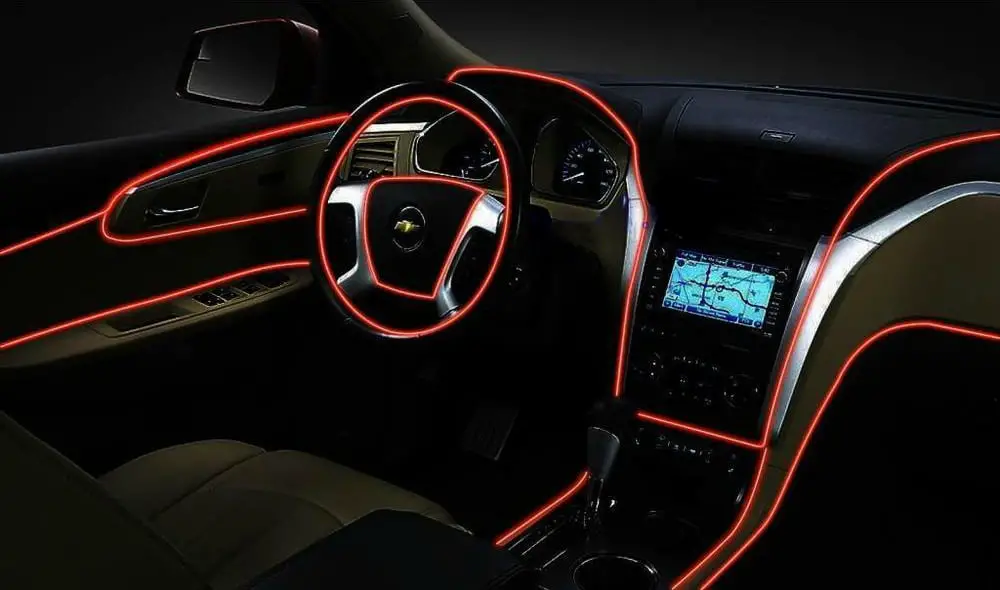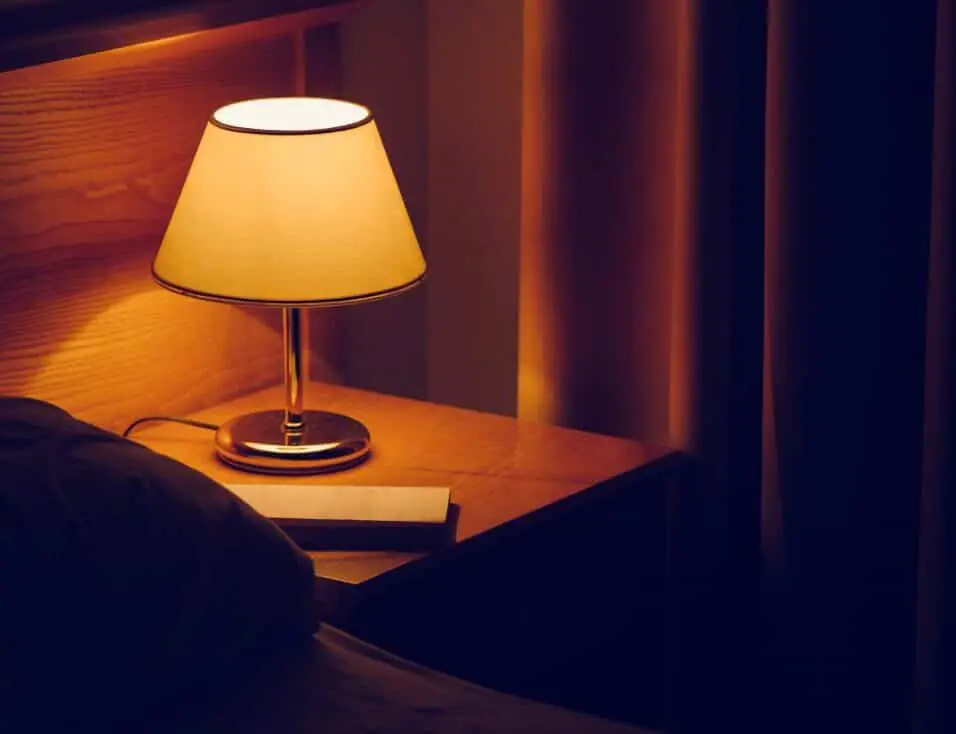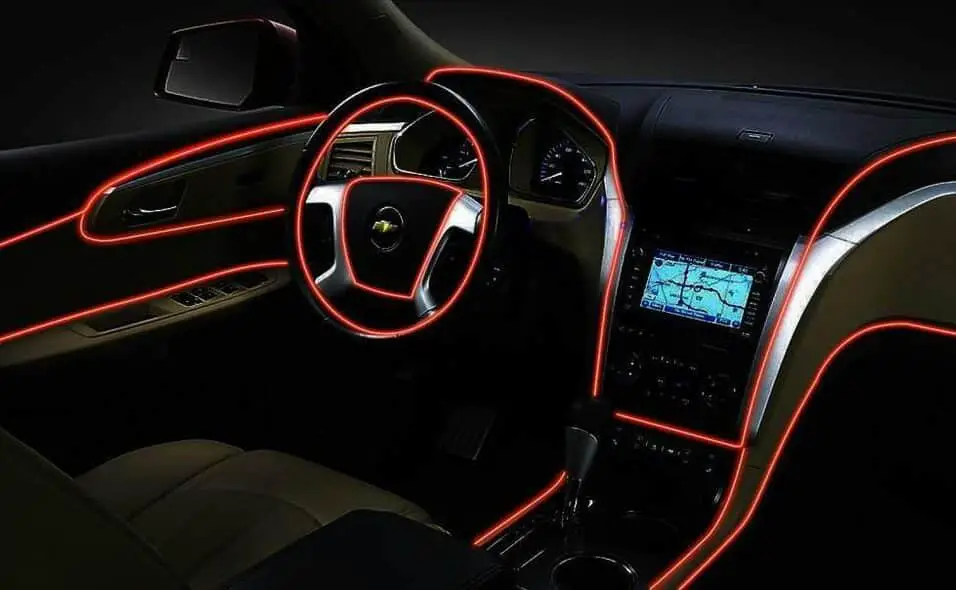How To Install Interior Led Lights To Fuse Box
Introduction
How To Install Interior Led Lights To Fuse Box: Installing interior LED lights in your car can be a great way to enhance its appearance and create a more personalized driving experience. One of the most common methods of powering these lights is by connecting them to the fuse box. The fuse box is a central hub for all the electrical components in your vehicle, and tapping into it ensures a reliable and convenient power source for your LED lights.
In this article, we will guide you through the process of installing interior lights to the fuse box. Whether you are a car enthusiast looking to add some flair to your vehicle or simply want to improve the ambiance of your car’s interior, this step-by-step guide will help you achieve your goal.
Understanding the Fuse Box: Before diving into the installation process, it is essential to have a basic understanding of the fuse box and its components. The fuse box is typically located under the dashboard or in the engine compartment of your car. It contains a series of fuses that protect the electrical circuits from overloading and short circuits.
Each fuse is connected to a specific electrical component in your vehicle, such as the headlights, radio, or power windows.
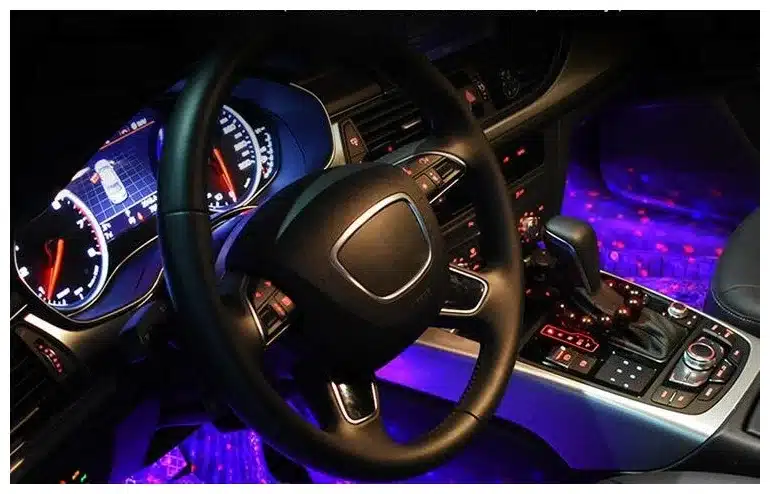
How do you connect LED lights to mains?
How to connect LED strip lights to mains power supply
- Connect the LED tape to the connector wire by inserting the end of the tape into the clip on the wire, being sure to match the red wire with the ‘+’ sign on the tape and the black wire with the ‘-‘ sign.
- Firmly press the back of the connector clip to close the clasp.
Connecting LED lights to mains power is a relatively simple process that can be done by following a few basic steps. LED lights are becoming increasingly popular due to their energy efficiency and long lifespan. They are commonly used in homes, offices, and outdoor spaces for both functional and decorative purposes. In order to connect LED lights to mains power, you will need a few essential components and tools.
The first step in connecting LED lights to mains power is to gather all the necessary materials.
This includes the LED lights themselves, a power supply or driver, electrical wires, wire connectors, and a power outlet or switch. It is important to choose LED lights that are compatible with the power supply or driver you have selected.
Once you have gathered all the materials, the next step is to prepare the LED lights for installation. This involves removing any packaging or protective covers from the lights and ensuring that they are in good working condition. It is also important to read the manufacturer’s instructions and guidelines for installation to ensure that you are following the correct procedures.
After preparing the LED lights, the next step is to connect them to the power supply or driver. This is typically done by connecting the positive and negative wires of the LED lights to the corresponding terminals on the power supply or driver. It is important to ensure that the connections are secure and that there are no loose or exposed wires.
Do LED lights need a fuse?
Yes, for LEDs connected to mains. Fuse protects against fire caused by shorts in wiring, fixture, etc.
LED lights do not typically require a fuse. Unlike traditional incandescent bulbs, LED lights are designed to be more energy-efficient and have a longer lifespan. They operate at a lower voltage and generate less heat, making them less likely to cause a short circuit or overload that would require a fuse.
LED lights are powered by a driver or transformer that converts the incoming electrical current to the appropriate voltage for the LEDs. These drivers often have built-in protection mechanisms, such as overcurrent protection and thermal shutdown, which help prevent damage to the LEDs and the driver itself. This eliminates the need for an additional fuse in most LED lighting systems.
However, there are some situations where a fuse may be necessary for LED lights. For example, in high-power LED applications or installations with multiple LED lights connected in series, a fuse may be used to protect against excessive current flow. This can help prevent damage to the LEDs and other components in the circuit.
What is the best fuse to tap for LED lights?
15/13.6 = 1.1 which is just over 1 Amp. In this case, I would choose a 2 Amp fuse. This is never going to melt with 1.1 Amps of current flowing but it WILL melt if the LED strip short-circuits. Choose a wire with current rating significantly higher than the fuse rating – say 3 Amps or greater.
When it comes to installing LED lights in your vehicle, it is important to choose the right fuse to tap into. The fuse acts as a safety device that protects the electrical system from overloading and potential damage. Therefore, selecting the best fuse for your LED lights is crucial to ensure their proper functioning and longevity.
One of the most commonly recommended fuses to tap for LED lights is the accessory fuse.
This fuse is typically used to power accessories such as radios, power windows, and interior lights. It is designed to handle a moderate amount of current and is often easily accessible in the fuse box. Tapping into the accessory fuse can provide a reliable power source for your LED lights without overloading the circuit.
Another option to consider is the parking light fuse. This fuse is responsible for powering the parking lights and is usually located in the fuse box near the front of the vehicle. Tapping into the parking light fuse can be a convenient choice if you want your LED lights to turn on and off with the parking lights. However, it is important to ensure that the parking light fuse can handle the additional load of the LED lights.
If you are unsure about which fuse to tap into for your LED lights, it is recommended to consult the vehicle’s manual or seek professional advice. The manual will provide information about the different fuses in the fuse box and their respective functions. Additionally, a professional installer or electrician can help you determine the best fuse to tap into based on your specific vehicle and LED light setup.
How does fuse with LED work?
If the fuse blows, the supply voltage is now applied to the indicator circuit and the LED illuminates. As the impedance of the LED circuit is generally much higher than the load, the majority of the supply voltage is applied to the LED circuit.
Fuses are electrical devices that are designed to protect electrical circuits from overloading or short circuits. They are made of a metal wire or strip that melts when excessive current flows through it, thereby interrupting the circuit and preventing damage to the connected devices. LEDs, on the other hand, are semiconductor devices that emit light when an electric current passes through them.
When a fuse is connected in series with an LED, it acts as a protective device for the LED. The fuse is typically placed before the LED in the circuit, so that if the current exceeds the rated value for the LED, the fuse will blow and interrupt the circuit. This prevents excessive current from flowing through the LED, which could cause it to overheat and fail.
Fuse with LED: Overcurrent Protection Mechanism for LED Circuits
The working principle of a fuse with an LED is quite simple. When the circuit is operating normally and the current flowing through the LED is within the rated value, the fuse remains intact and allows the current to pass through to the LED. The LED then emits light as expected.
However, if the current exceeds the rated value, the fuse wire or strip heats up due to the increased resistance. As the temperature rises, the fuse material eventually melts and breaks the circuit. This action protects the LED from the excessive current, as the circuit is now open and no current can flow through it.
It is important to choose a fuse with the appropriate rating for the LED circuit. The fuse should have a current rating slightly higher than the maximum expected current for the LED. This ensures that the fuse will blow and interrupt the circuit before the LED is damaged.
Where is the fuse wire placed in an electric circuit?
live wire
In an electric circuit, the fuse wire is placed in a specific location to protect the circuit from excessive current flow. The fuse wire is a thin wire made of a material that has a low melting point. Its purpose is to melt and break the circuit when there is a surge in current, preventing damage to the circuit and its components.
The fuse wire is typically placed in a fuse holder, which is a device that holds the fuse securely in place. The fuse holder is usually located at a strategic point in the circuit, such as near the power source or at the entrance of a building. This allows the fuse to quickly interrupt the flow of current in case of a fault.
When a fault occurs in the circuit, such as a short circuit or an overload, the current passing through the fuse wire increases significantly. This increased current causes the fuse wire to heat up rapidly. Once the temperature of the fuse wire reaches its melting point, it melts and breaks the circuit, stopping the flow of current.
The placement of the fuse wire in the circuit is crucial for its effectiveness. It needs to be positioned in such a way that it is easily accessible for replacement when it blows. This ensures that the circuit can be quickly restored after a fault has occurred.
Installing interior LED lights to a fuse box can be a relatively simple process if you follow the right steps.
Here is a step-by-step guide to help you with the installation:
Step 1: Start by gathering all the necessary materials and tools, which may include LED lights, a fuse tap, wire connectors, electrical tape, a fuse puller, and a screwdriver.
Step 2: Locate the fuse box in your vehicle. It is usually found under the dashboard or in the engine compartment. Consult your vehicle’s manual if you are unsure about its location.
Step 3: Use the fuse puller to remove a fuse from the fuse box.
Step 4: Insert the fuse tap into the empty slot of the fuse box. Make sure it is securely in place.
Step 5: Connect the positive wire of the LED lights to the fuse tap. Use a wire connector to make a secure connection.
Step 6: Connect the negative wire of the LED lights to a suitable ground point in your vehicle. This can be a metal bolt or screw that is securely attached to the vehicle’s chassis.
Step 7: Test the LED lights to ensure they are working properly. If they do not turn on, double-check all the connections and make any necessary adjustments.
What tools or materials are needed for installing interior LED lights to a fuse box?
When installing interior LED lights to a fuse box, there are several tools and materials that you will need to ensure a successful installation. Firstly, you will need a set of wire cutters and strippers to properly prepare the wires for connection. These tools will allow you to remove the insulation from the wires and create clean connections.
In addition to wire cutters and strippers, you will also need a soldering iron and solder. This will be necessary for securely connecting the wires together. Soldering provides a strong and reliable connection that will ensure the LED lights function properly.
Other materials that you will need include electrical tape, heat shrink tubing, and zip ties. Electrical tape will be used to insulate the connections and prevent any short circuits. Heat shrink tubing can be used to provide additional protection and a clean finish to the connections. Zip ties will help to organize and secure the wires, keeping them neat and tidy.
Are there any specific safety precautions to consider when installing interior LED lights to a fuse box?
When installing interior LED lights to a fuse box, it is important to take certain safety precautions to ensure a safe and successful installation. Here are some key safety measures to consider:
1. Turn off the power: Before starting any electrical work, it is crucial to turn off the power to the fuse box. This can be done by switching off the main circuit breaker or removing the appropriate fuse. This step is essential to prevent electric shock or damage to the LED lights.
2. Use proper insulation: Make sure to use electrical tape or wire nuts to secure and insulate the connections. This will help prevent short circuits or electrical fires.
3. Follow the manufacturer’s instructions: Each LED light kit may have specific installation instructions provided by the manufacturer. It is important to carefully read and follow these instructions to ensure a safe and proper installation. This may include specific wiring diagrams or instructions for connecting the lights to the fuse box.
4. Avoid overloading the circuit: Overloading the circuit can lead to overheating, tripped breakers, or even electrical fires. If in doubt, consult a professional electrician to determine the appropriate circuit for your LED lights.
By following these safety precautions, you can ensure a safe and successful installation of interior LED lights to a fuse box. Remember to always prioritize safety and consult a professional if you are unsure about any aspect of the installation process.
Can you provide a detailed wiring diagram or instructions for connecting interior LED lights to a fuse box?
When it comes to connecting interior LED lights to a fuse box, it is important to follow a proper wiring diagram or instructions to ensure a safe and successful installation. Here is a detailed guide on how to connect interior LED lights to a fuse box:
Step 1: Start by gathering the necessary materials and tools for the installation.
Step 2: Begin by locating the fuse box in your vehicle. It is usually found under the dashboard or in the engine compartment. Make sure to consult your vehicle’s manual for the exact location.
Step 3: Once you have located the fuse box, identify a fuse slot that is not in use or one that you are willing to replace. This will be the slot where you will connect the interior LED lights.
Step 4: Use a wire stripper to remove a small section of insulation from the positive wire of the interior LED lights. Connect this wire to one end of the fuse tap.
Step 5: Connect the other end of the fuse tap to the fuse holder. Make sure to choose a fuse holder that matches the amperage rating of the interior LED lights.
Step 6: Insert the fuse tap into the chosen fuse slot in the fuse box. This will provide power to the interior LED lights.
Step 7: Finally, connect the negative wire of the interior LED lights to a suitable ground point in your vehicle. This will complete the wiring connection.
By following these detailed instructions and using a proper wiring diagram, you can successfully connect interior LED lights to a fuse box. Remember to always prioritize safety and consult a professional if you are unsure about any step of the installation process.
Are there any recommended brands or types of interior LED lights that work well with a fuse box installation?
When it comes to choosing interior LED lights for a fuse box installation, there are several recommended brands and types that you can consider. One popular brand is Philips, known for their high-quality LED lighting products. They offer a wide range of interior LED lights that are compatible with fuse box installations.
Another reputable brand is OPT7, which specializes in automotive lighting solutions. They have a variety of interior LED lights that are specifically designed for easy installation to a fuse box. These lights are known for their durability and brightness, making them a popular choice among car enthusiasts.
Additionally, LEDGlow is another brand worth mentioning.
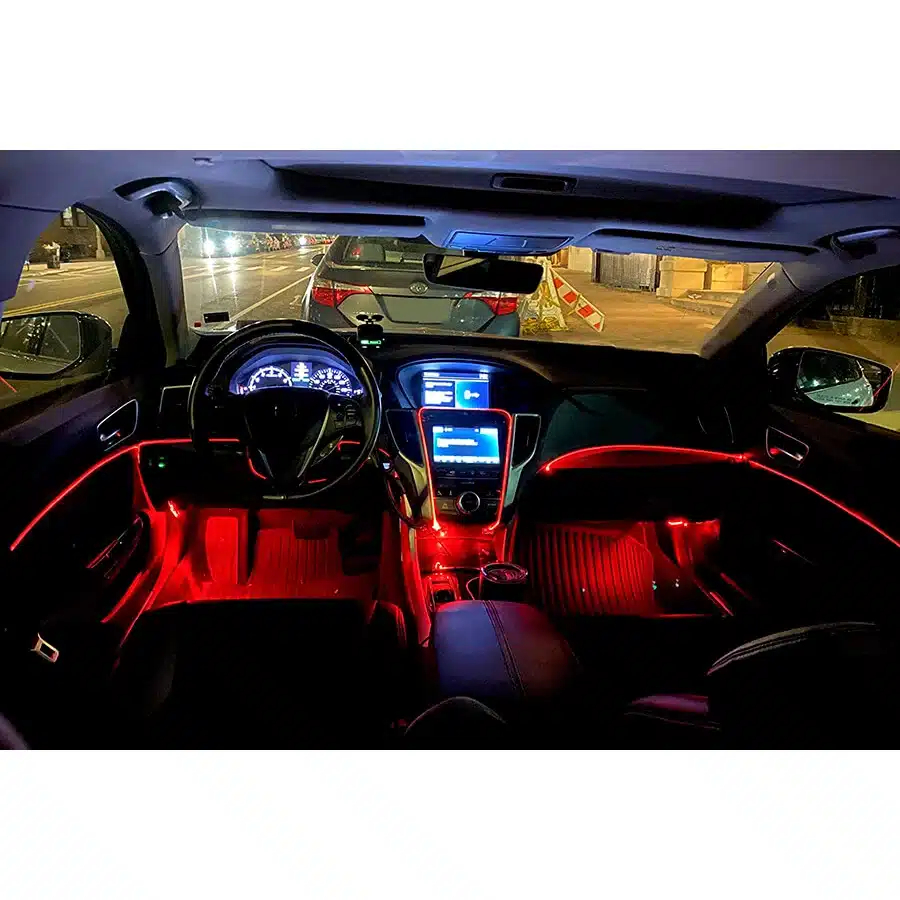
Conclusion
Installing interior LED lights to the fuse box is a relatively simple process that can greatly enhance the aesthetics and functionality of your vehicle’s interior. By following the steps outlined in this guide, you can easily and safely complete the installation on your own.
First and foremost, it is important to gather all the necessary materials and tools before beginning the installation process. This includes the LED lights, wiring harness, fuse tap, and any additional accessories or connectors that may be required. It is also crucial to ensure that you have a clear understanding of your vehicle’s fuse box layout and the specific fuses that will be used for the LED lights.
Once you have all the materials ready, the next step is to locate the fuse box in your vehicle. This can usually be found under the dashboard or in the engine compartment. Carefully remove the fuse box cover and identify the appropriate fuse slot for the LED lights.
After identifying the fuse slot, the next step is to connect the wiring harness to the LED lights and the fuse tap. This can be done by following the manufacturer’s instructions and ensuring that all connections are secure. Once the wiring is complete, insert the fuse tap into the chosen fuse slot and reattach the fuse box cover.



